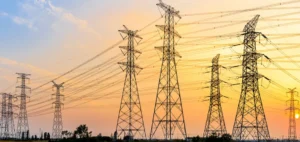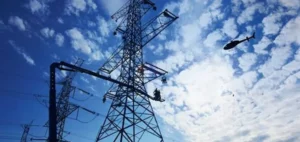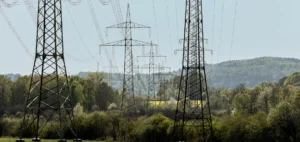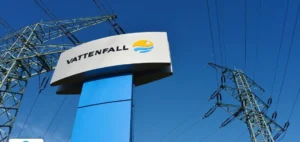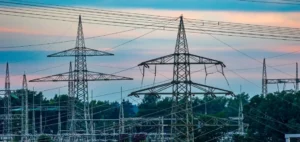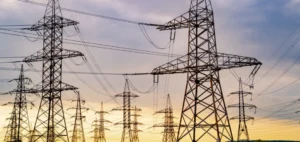The World Bank has approved a $52.6mn funding package to strengthen electrical and road infrastructure in Gambia. The initiative aims to enhance national interconnection, with a particular focus on rural areas where only 35% of residents have access to electricity.
The project includes the construction of 60 kilometres of climate-resilient roads and the electrification of 80 rural communities. Additionally, two primary substations will be upgraded and ten overloaded secondary substations replaced in the Greater Banjul area, which faces recurring capacity issues.
Expansion of rural electricity network
The funding will support the installation of 142 kilometres of medium-voltage lines, 350 kilometres of low-voltage lines, and 92 new distribution substations. These developments aim to reduce disparities between urban and rural zones, where frequent outages and limited coverage persist.
In 2023, 70% of the Gambian population had access to electricity, according to World Bank data. However, this figure conceals significant territorial imbalances. The project is part of the national M300 initiative, which targets universal electricity access by 2030.
Road component and investment leverage
The programme also includes the creation of bicycle paths and solar public lighting in selected areas. A guarantee mechanism is planned to attract up to $60mn in private investment, mainly into grid-connected renewable energy projects.
Gambia’s road network covers 3,920 kilometres, including 2,556 kilometres of rural tracks. According to the National Transport Policy 2018–2027, most of this infrastructure remains in poor condition due to chronic underfunding for maintenance.
Franklin Mutahakana, World Bank Group Resident Representative in Gambia, stated that “this project builds on recent progress while addressing critical infrastructure gaps that leave more than 400,000 Gambians without reliable road access.”






